Passive Purple External – FAQ
1. What is Passive Purple External?
Passive Purple External is the world’s first and only Fire Class B airtight paint, designed for both internal and external applications. It is a liquid-applied, spray- or roller-applied membrane that creates a seamless, airtight and vapour-open barrier.
2. What makes it different from standard airtight paints?
-
Fire Class B rated (EN 13501-1).
-
It can be applied both internally and externally.
-
Vapour-open and breathable (prevents trapped moisture).
-
Smoke-tight and airtight.
-
Fully certified by the Passivhaus Institute.
-
The only product in its category with this unique combination of properties.
3. Where can Passive Purple External be used?
-
External weather barrier for timber frame constructions.
-
Internal air barrier for retrofit and new build projects.
-
Sealing complex junctions, penetrations, and connections.
-
Suitable for walls, roofs, soffits, and façades.
4. Is Passive Purple External suitable for retrofit projects?
Yes. Its breathability (vapour-open) ensures existing walls can “breathe,” while creating airtightness for energy efficiency and comfort. Perfect for upgrading existing housing stock without trapping moisture.
5. How is it applied?
-
By airless spray for larger areas.
-
By roller or brush for detail work.
-
No joints, overlaps, or tapes needed—seamless finish.
6. How thick does it need to be applied?
A wet film thickness of 0.8–1.0 mm is required to achieve the correct dry film performance. A wet film gauge should be used during application.
7. How is airtightness tested?
Passive Purple External can achieve <0.6 ACH@50Pa (Passivhaus standard) when applied correctly. Airtightness is verified via blower door testing.
8. What substrates can it be applied to?
9. Do I need a primer?
On very porous or dusty substrates, a primer such as IM Primer or Lime Prime is recommended to ensure maximum adhesion.
10. Is it weather-resistant?
Yes. Once cured, Passive Purple External acts as a temporary weather barrier. It resists rain and UV during the construction phase, protecting the building fabric until cladding or external finishes are installed.
11. What’s the fire classification?
It is Fire Class B (EN 13501-1) — significantly safer than standard airtight paints that are typically Class E.
12. Is it breathable?
Yes. It is vapour-open (breathable) while still airtight and smoke-tight, allowing trapped moisture to escape.
13. Can it be repaired if damaged?
Yes. Any penetrations or damage can be resealed quickly with brush- or roller-applied Passive Purple External.
14. What certifications does it carry?
Passive Purple External is one of the most tested and certified airtight paints in the world. It holds:
-
-
Passivhaus Institute Certification – verified airtight component.
-
EN 13501-1 Fire Class B classification.
-
KIWA BDA Agrément – independent third-party approval for construction use.
-
ICC-ES (International Code Council Evaluation Service) – approval for the North American market.
-
Tested for airtightness, vapour diffusion, weather resistance, and smoke-tightness.
15. How long does it last?
Once applied and protected by external finishes (cladding, render, brick, etc.), Passive Purple External provides a permanent airtight layer for the lifetime of the building.
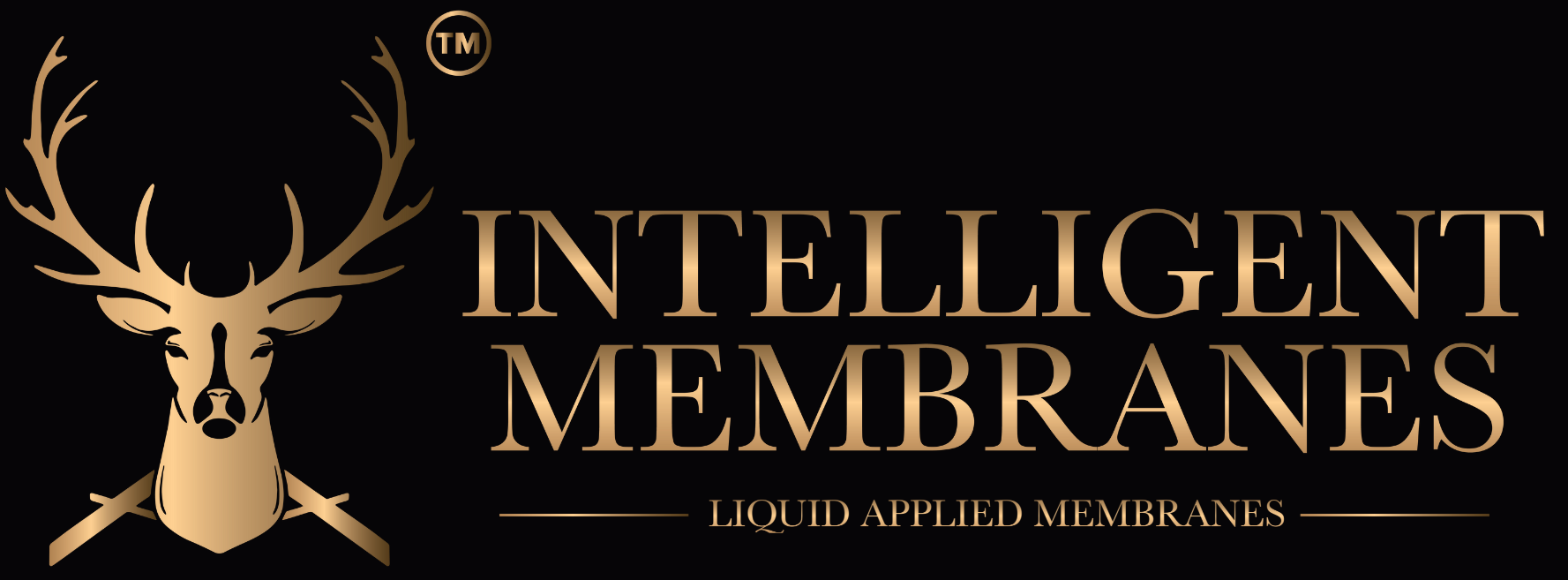


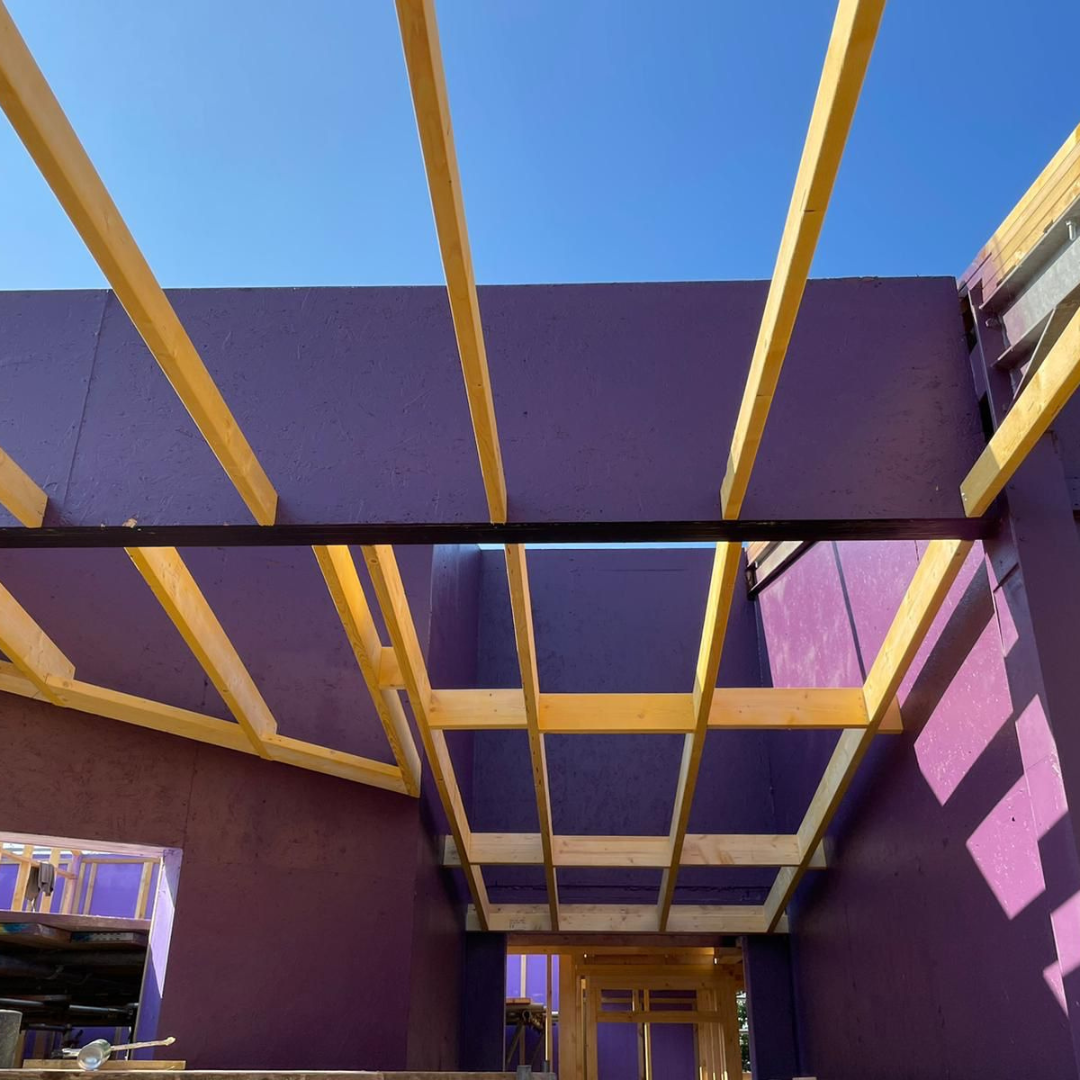
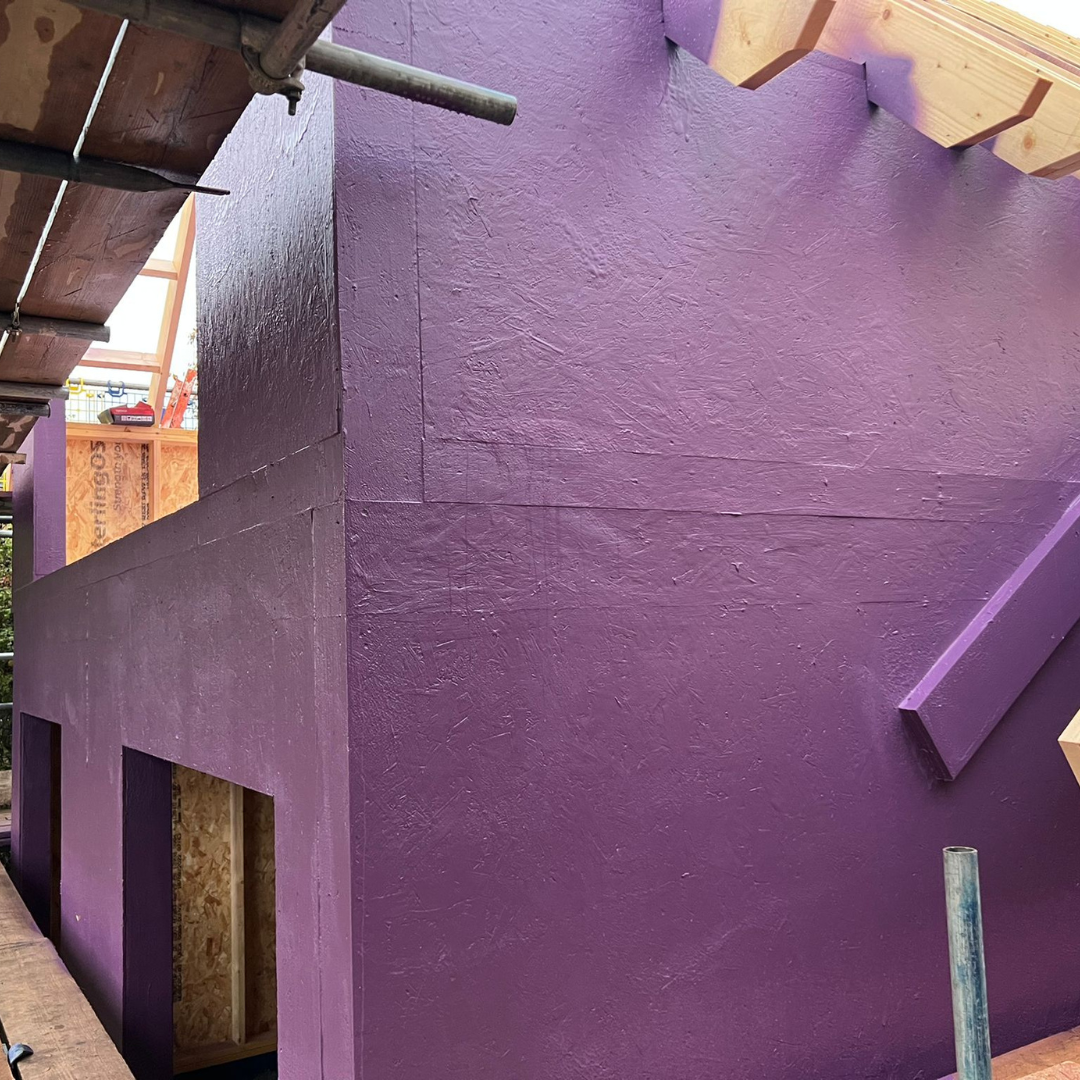
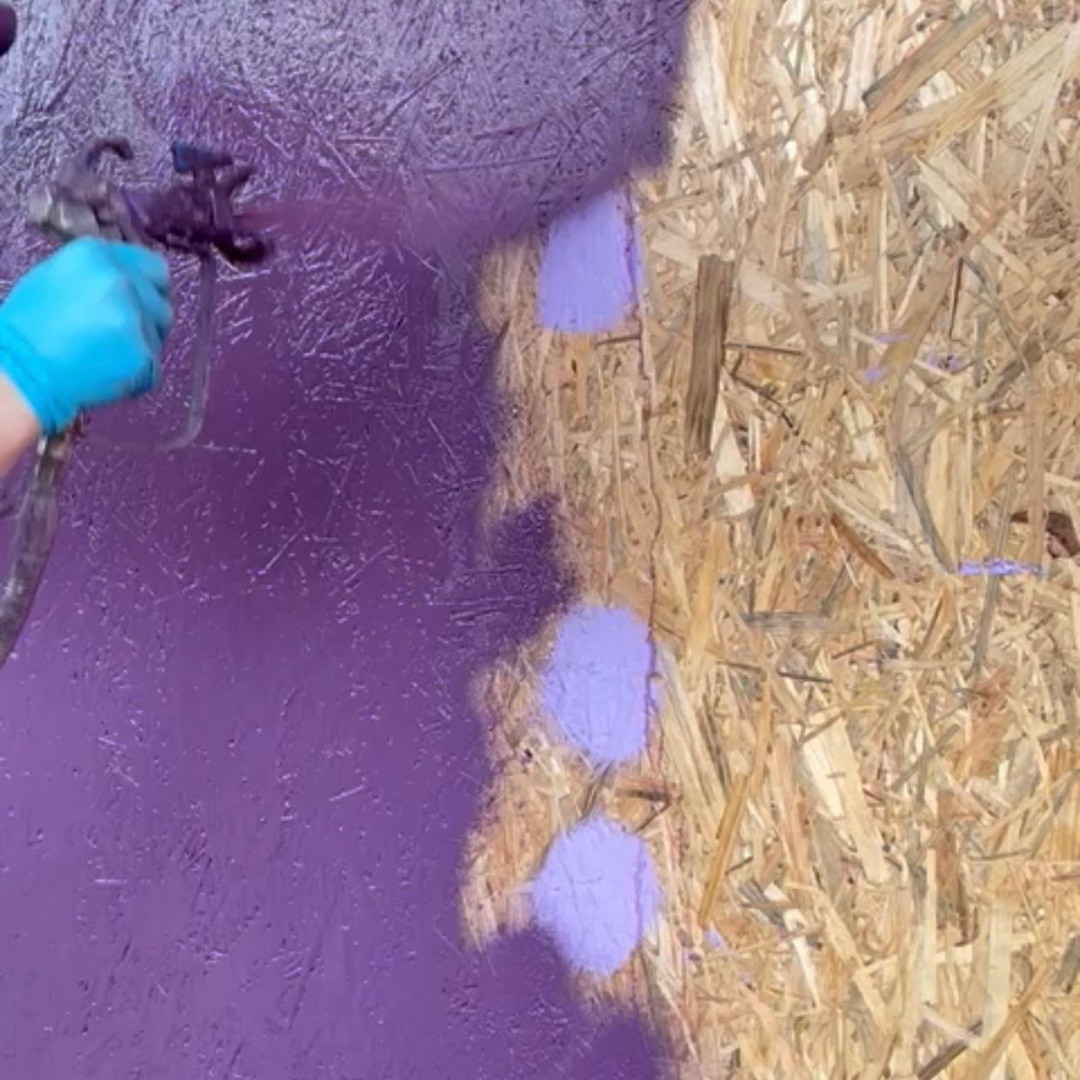






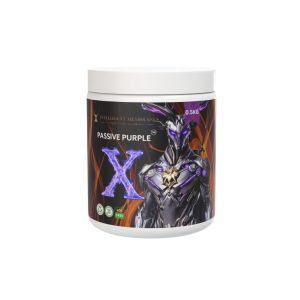
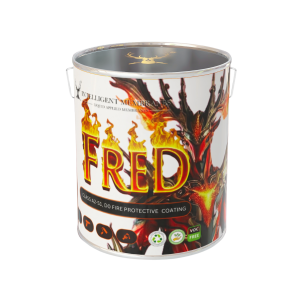


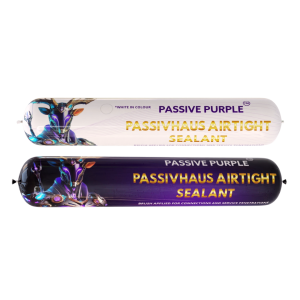
Reviews
There are no reviews yet.